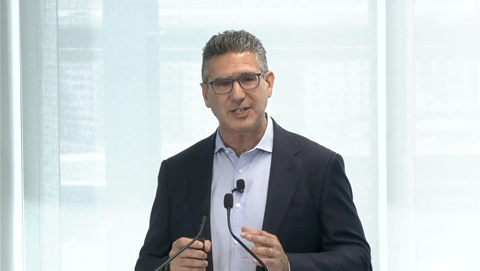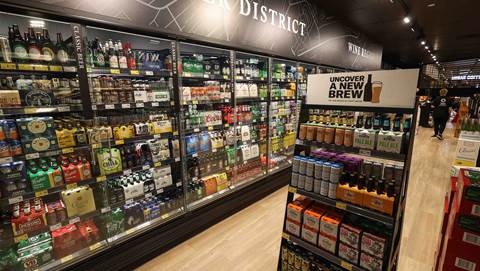Despite current issues with many buy now pay later (BNPL) platforms, Juniper predicts the number of BNPL users will surpass 900 million in five years.

The Juniper report states that this substantial growth of 157 percent will be driven by the anticipated economic downturn, which will increase the demand for low-cost credit solutions.
BNPL schemes enable consumers to spread the cost of their purchases without interest charges; making them a highly attractive alternative to credit cards.
Additionally, BNPL services do not require hard credit checks and an increasing number of merchants are accepting this payment method; making it easier to access for consumers than traditional credit.
While this may be the case, many platforms have hit tough times, for example Zip cancelled its acquisition of US BNPL platform Sezzle only last month. Openpay also halted its US operations last month as interest rates continue to rise.
The research predicts that the adoption of virtual cards, where digital only cards are used for purchases, will increase the usage of BNPL solutions, as they only require merchants to accept card payments — overcoming previous limitations on growth.
The advancement of virtual cards allows BNPL schemes to compete with credit cards; particularly in-store, where single use BNPL cards can be used within a digital wallet to complete contactless transactions.
Juniper Research recommends that in order to compete in this highly competitive landscape, BNPL vendors must differentiate their services: including offering virtual cards, browser extensions that automatically facilitate BNPL payment services, and digital loyalty schemes.
The research identified India as having potential for rapid growth in BNPL, with users predicted to grow from 25 million in 2022 to 116 million by 2027. This is due to rising e-commerce usage and growing interest in international goods available through online retailers.
In turn, it recommends that vendors build strategic partnerships with vendors in developing markets with established consumer bases, to successfully capitalise on this user growth and associated revenue.



.png&h=140&w=231&c=1&s=0)

.png&h=140&w=231&c=1&s=0)



.png&w=100&c=1&s=0)

 Digital Leadership Day Federal
Digital Leadership Day Federal
 Government Cyber Security Showcase Federal
Government Cyber Security Showcase Federal
 Government Innovation Showcase Federal
Government Innovation Showcase Federal
 Digital NSW 2025 Showcase
Digital NSW 2025 Showcase












_(1).jpg&h=140&w=231&c=1&s=0)



